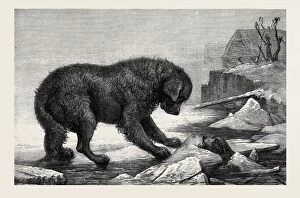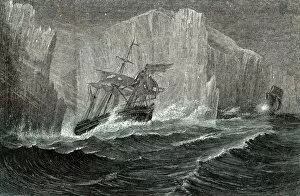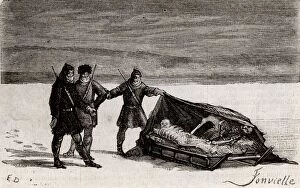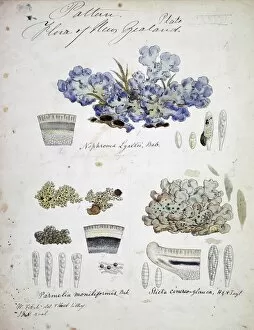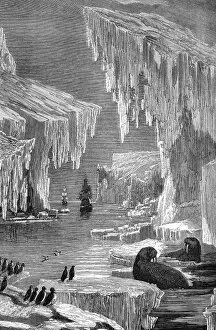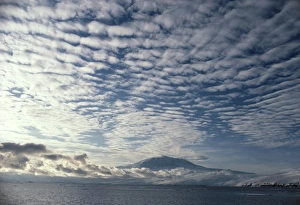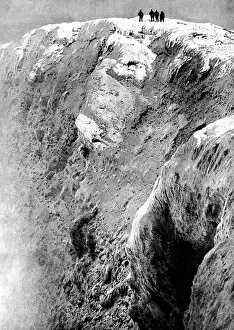Erebus Collection (page 2)
"Erebus: The Haunting Legacy of Franklin's Last Trip" In the annals of exploration, few tales are as gripping and tragic as that and Terror
All Professionally Made to Order for Quick Shipping
"Erebus: The Haunting Legacy of Franklin's Last Trip" In the annals of exploration, few tales are as gripping and tragic as that and Terror, the ill-fated ships that embarked on Captain Sir John Franklin's final expedition. These vessels set sail in 1845 with hopes of discovering the elusive Northwest Passage, but instead became entangled in a web of ice and mystery. Franklin's writing reveals his unwavering determination to conquer the icy realms, his words etched with both excitement and trepidation. Portraits of him and his crew capture their stoic resolve, their faces eternally frozen in time. Mount Erebus stands tall as a silent witness to history, its summit reached by Robert Falcon Scott during his polar expedition from 1910 to 1912. It serves as a reminder of the enduring spirit that drove explorers forward despite unimaginable hardships. The images depicting HMS Erebus and Terror trapped in pack ice transport us back to the unforgiving conditions faced by these brave men. The British monitor HMS Terror later played its own role in World War I, serving as a symbol of resilience amidst conflict. Headquarters for Scott's polar expedition offer glimpses into life at basecamp – an oasis amidst desolation – where plans were made and dreams were forged before setting foot on treacherous Arctic terrain. Today, relics from Franklin's doomed voyage serve as poignant reminders of human ambition tempered by nature's might. DDE-90023588, DDE-90023586, DDE-90023544 - catalog numbers assigned to artifacts bearing stories untold; each one carrying fragments of history waiting to be unraveled. Arctic traveling illustrations from "Voyage to Baffins Bay and Barrow Straits" transport us into an era when maps held blank spaces yet unexplored. They evoke a sense of wonderment mingled with apprehension, as explorers ventured into the unknown.



